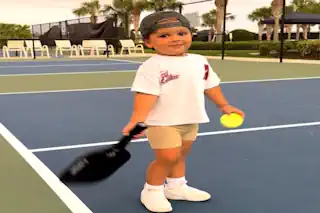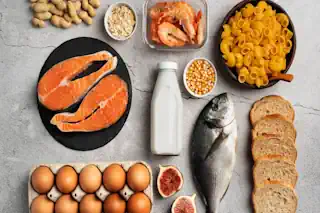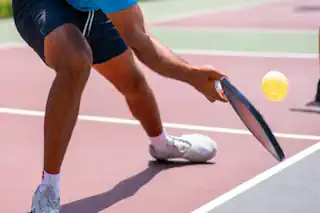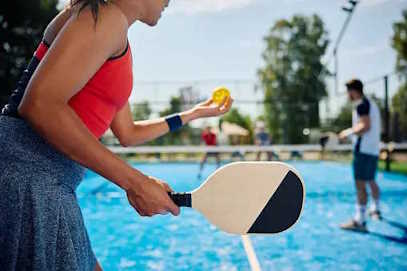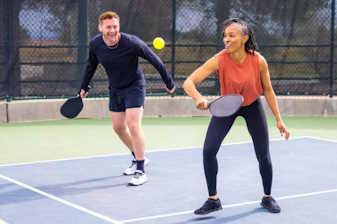Perfect Your Pickleball Shots with the Shooter’s Drill
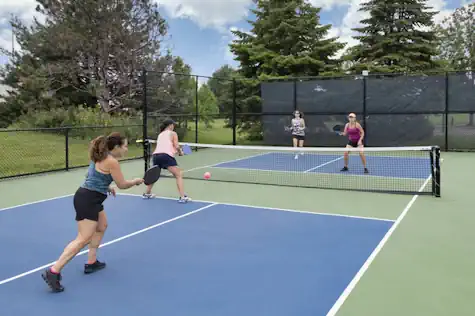
If you’re a pickleball enthusiast looking to up your game, practicing specific drills is an essential step. The Shooter’s Drill is particularly potent at honing your accuracy and power, helping to transform your shot-making abilities. Whether you’re a novice or a seasoned player, the Shooter’s Drill can be the catalyst for improvement in your pickleball game. This guide will walk you through setting up, executing, and reaping the benefits of this crucial pickleball drill.
Let’s Start with the Basic Rules of Pickleball
The Rules Reminder
Before we get into the swing of things, it’s important to know the fundamental rules of pickleball play. Players use solid paddles made of wood or composite materials to hit a perforated polymer ball, similar to a Wiffle Ball, over a net. The net is lower than in tennis but not as low as in badminton. The game can be played either with two players (singles) or four players (doubles).
Here’s a quick rundown of the basic pickleball rules to get you started. Think of it as your quick-start guide to fun:
Serve it right: Serve must be underhand with the paddle below the waist, and the ball must be hit in the air without bouncing. The serve is made diagonally across the court to the opponent’s opposite corner or opposite side of the court.
Service errors: Errors during service, such as serving out of turn, serving the ball into the net, or serving the ball out of bounds, lead to faults. Keeping a keen eye on your serve’s direction and height can help avoid these mistakes.
Double-bounce rule: After the ball is served, the receiving team must let it bounce once before returning, and then the serving team must also let the returned ball bounce once before playing it. After these two bounces, players may either volley the ball in the air or play it off a bounce.
No-volley zone: The court has a 7-foot zone on either side of the net, known as the “kitchen,” where players cannot volley the ball. Players must observe this rule to avoid faults.
Scoring: Points can only be scored by the serving team when the opponent fails to return the ball or commits a fault. The game is played to 11 points, and a team must win by at least 2 points.
Switching sides: Each team switches sides after the first game. In a tiebreaker (the third game of a match), teams switch sides when one team reaches 6 points.
Stepping into the kitchen on a volley: One of the most common faults in pickleball occurs when a player steps into the no-volley zone, or the kitchen, to hit a volley shot. Remember, you can step into the kitchen to hit the ball if it bounces first, but volleying from within this zone is a definite no-go.
Hitting the ball out of bounds: Just like in tennis or badminton, if the ball lands outside the designated play area, it’s considered out, and the point goes to the other team. Judging the ball’s trajectory and controlling your shot power are key skills to keep the ball in play.
Remember, pickleball is as much about having fun and making friends as it is about following these rules. Forget the learning curve. Grab your paddle, and let’s hit the court with smiles and sportsmanship!
Understanding the Shooter’s Pickleball Drill
Unlike most drills and other pickleball drills that focus on general play, the Shooter’s Pickleball Drill is purpose-built for shot-makers. It emphasizes shot placement, consistency, and the development of soft hands to control ball placement. This drill is perfect for those who want to be able to place shots with surgical precision, regardless of pressure.
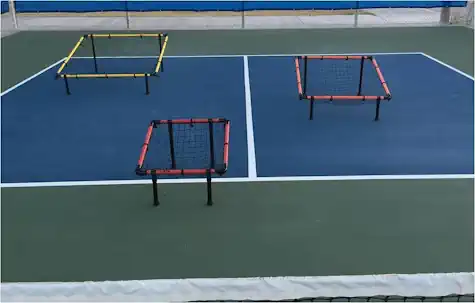
Drill Set-Up and Equipment Needed
To execute the Shooter’s Drill, you need a pickleball court, a partner, and, of course, your trusty paddles and pickleballs. Mark a 4-foot deep rectangle on the opposite end of the court to create a target for your drop shot. This will be your ‘shooting zone.’ If you don’t have a partner you may want to consider a pickleball machine or ball machine.
Technique and Execution
The key to the Shooter’s Drill lies in sequential progress. Your aim is to stand opposite the rectangle and, using different shots, control the ball to land inside the zone. Begin a few feet outside the baseline and work your way back as you master accuracy. Make sure you are in your ready position and then with good footwork move into a good position. This will also help improve reaction time and anticipation.
Step-by-Step Guide
To ensure that each shot you take is a deliberate step toward your goal, follow these steps closely:
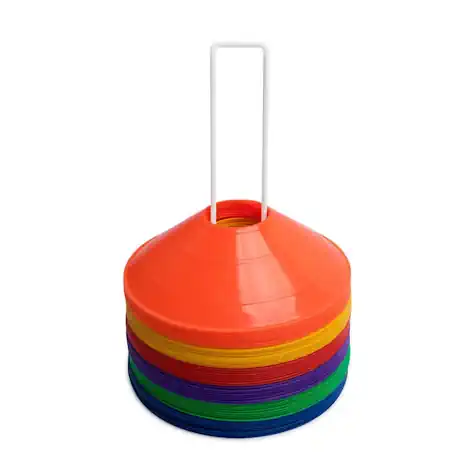
Step One: Mastering the Dink
Start the drill by working on your dinks. These are light, controlled shots intended to just pass the net and land softly on your opponent’s side. Instead of just aiming into the rectangle, try to dink on specific points within it. Try to dink from different angles inside and just outside of the non volley zone.
Step Two: Progressing to the Drive
Move on to drive shots, which are more forceful but still need precision. Focus on maintaining consistency while adding power to your shots. Try to hit spots within the rectangle with every drive. Work forehand shots and backhand shots equally. Aim is important especially as you back away from the net.
The third shot drop is the opportunity for the serving team to win the point with the third shot. Shot drops and drop drills often focus on the third shot drop as it is the first chance after the serve for the serving team to win the point during game play. Practice dropping the ball into strategically difficult places for the other team to return. This might mean a lob shot to the back of the court if they have advanced or a drop shot into the kitchen.
Step Three: The Lob and Volley
The lob comes next, a high arching shot used to push opponents back. Volley shots are exchanges at the net, and your goal here is to learn to direct your volleys with purpose into the shooting zone. Most players struggle with both of these shots.
Step Four: Simulated Match Conditions
Simulate match situations with your partner, alternating shots and trying to maintain a rally with accuracy. Gradually increase the pace and power of your shots, always aiming to hit targets within your shooting zone. Consider focusing on a third shot drop or third shot drive.
Shooters Team Play
After working the static shot drop drill with your partner it is now time to turn this into an exciting game to see how well you can place the shot during live situations. For live game play, each team will need a target of equal size. Targets could be things like ball cans, cones, t-shirts, towels, pop cans, etc. The targets need to be something that will be obviously noticed when hit. As players improve the targets can get smaller and placed in more difficult locations.
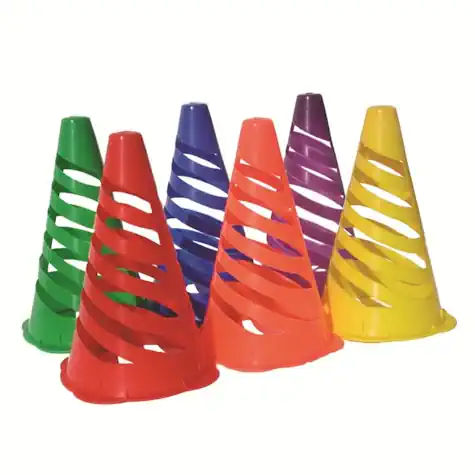
Before we start the game, each team will need to place their target. Targets need to be placed in hittable locations.
We start with a standard serve. The ball hit below the waist and cross-court.
Next is the double bounce rule. The receiving team must let the ball bounce before hitting it back and the serving team must let the ball bounce before hitting it back
Now we start Shooters
The objective is to hit the target or push your opponent to a position that will force them to return the ball to you in such a manner it will make your potential for hitting their target much higher.
If you are the player defending your target you must be positioned behind the target to permit the target to be hit. If the target is missed, the defending player may return the ball.
The first team to hit the other team’s target scores an immediate 3 points and gets the serve. Otherwise, each point is earned just as during standard game play.
Play continues to a score of 11.
After a target is hit, each team must place their target in a new location.
The same rules apply during singles play just be sure to use a target that will not cause tripping if you lose track of the target during play.
Common Mistakes and How to Fix Them
The most common mistake pickleball players make with the Shooter’s Drill is rushing their shots, leading to poor accuracy. Always take your time to set up your shot correctly. Additionally, ensure that you are not overcompensating on your shots by flicking your wrist too much, causing the ball to sail wide. Focus on a smooth follow-through motion for each shot.
Refine Your Execution
To get the most out of this drill, definitely practice hitting it with a range of partners. Each one will challenge you in different ways, helping you to become more adaptable to the variety that occurs in a match. This drill can be executed as one player as long as a pickleball machine is available to replace the other player.
Assess and Adjust
Stop periodically to assess your results. Are you getting more balls in the zone? Are they landing where you intended? Use these moments to adjust your technique and keep refining your shots.
Incorporate Goals into Practice
Set personal benchmarks for your practice sessions. Whether it’s a certain percentage of balls in the zone or a specific number of consecutive shots, having a goal will keep you motivated and focused.
Maintain a Positive Mindset
Remember that improvement in pickleball is a marathon, not a sprint. Celebrate every success and use every miss as a learning opportunity. A positive, growth-oriented mindset will keep you primed for progress.
Conclusion
The Shooter’s Drill is the perfect practice regimen if you are serious about becoming a more accurate and powerful player. Regularly incorporating it into your training sessions will not only improve your basic shots but also provide the grounds for advanced play. With dedication and focus, you’ll find your overall game elevated to a new level. It’s time to get on the court and start shooting towards your pickleball goals.
Frequently Asked Questions (FAQs)
What equipment do I need to start the Shooter’s Drill?
You’ll need a standard pickleball court, a pickleball paddle, a few pickleball, a partner, and any kind of markers like cones, cans, or towels to mark the shooting zone and targets for the Shooters game.
Can I practice the Shooter’s Drill alone?
Yes, you can practice the initial stages of the Shooter’s Drill alone by aiming shots into the shooting zone. However, for the Shooter’s game and simulated match conditions, you will need a partner to fully benefit from the drill. Pickleball machines can help simulate having a partner when one is not available.
How often should I practice the Shooter’s Drill?
The frequency of practice depends on your schedule and goals. Ideally, incorporating it into your routine 2-3 times a week can significantly improve the accuracy and power of your shots.
What should I do if I keep missing the target?
If you’re consistently missing the target, take a step back and focus on your shot technique and power control. Ensure that you’re not rushing your shots and that your follow-through is smooth and controlled. Check your footwork, body position, and hand eye coordination. Start with a lob shot and progress to more speed as the drill improves.
Can the Shooter’s Drill help improve my game even if I’m a beginner?
Absolutely! The Shooter’s Drill is designed to enhance shot accuracy and consistency, critical aspects of your pickleball skills at all levels. Beginners will particularly benefit from the structured approach to mastering different shot types.
How can I make the drill more challenging?
To increase the difficulty, move the shooting zone and targets farther away or into more challenging positions. You can also try increasing the speed of third shot exchanges during the simulated match conditions to push your accuracy and reaction times.
What’s the best way to measure progress with this drill?
Track the percentage of shots landing in the shooting zone or hitting the targets during games over time. Also, note any improvements in match play, such as fewer unforced errors or more controlled volleys and drives. Setting specific goals and periodically assessing your performance against these benchmarks can show clear progress and areas for improvement.
